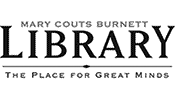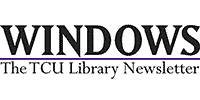Designed for
Student Collaboration
For a number of years, one of the most sought after resources in the Library has been our group study rooms and Information Commons "Frog Pods". (The Frog Pods are open-air spaces with tables, white boards, computers, and computer screens that students use to work in groups.) In fact, when the first Frog Pods were installed in spring 2005, the proposal and funding came from the TCU student government. They perceived a need for more spaces in the Library where groups of students could work collaboratively on class projects -- assignments requiring that kind of group collaboration have been a trend in higher education for a number of years.
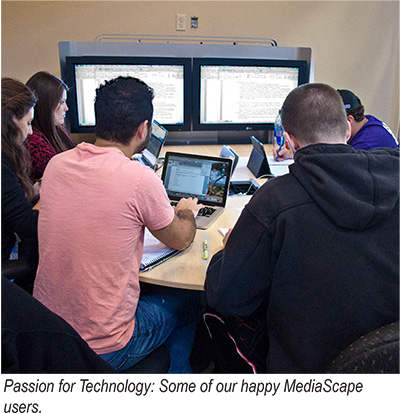 Until recently, the technology available in these spaces has been limited to computers and screens in the Frog Pods, and network connections in the group study rooms for personal laptops or laptops checked out from the Information Commons. Hooking up personal laptops to the Frog Pod screens has been cumbersome, and switching back and forth between different students' computers was even more cumbersome. Meanwhile, the study rooms have not had any shareable technology at all.
Until recently, the technology available in these spaces has been limited to computers and screens in the Frog Pods, and network connections in the group study rooms for personal laptops or laptops checked out from the Information Commons. Hooking up personal laptops to the Frog Pod screens has been cumbersome, and switching back and forth between different students' computers was even more cumbersome. Meanwhile, the study rooms have not had any shareable technology at all.
Because of the continuing and growing demand for collaborative spaces, the plans for the Library building expansion/renovation include many new group study spaces of various sizes. Plans for the new east campus instructional building that will be attached to the library with bridges also include several study rooms. Along with the new spaces, we want to deploy technology that will enable students to work together more productively.
In order to get a better idea of what kind of technology will best serve students' needs, the library installed three types of collaboration technology in selected group study rooms and Frog Pods this spring:
MEDIASCAPE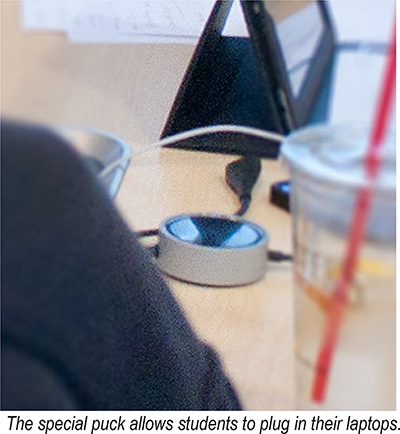
MediaScape tables contain special "pucks" (about the size and shape of hockey pucks) with cables that students can plug into their laptops; the other connection from each puck goes to switching hardware connected to one or two large video screens. Students switch control of the display from one screen to another by pressing the top of their puck.
MIKOGO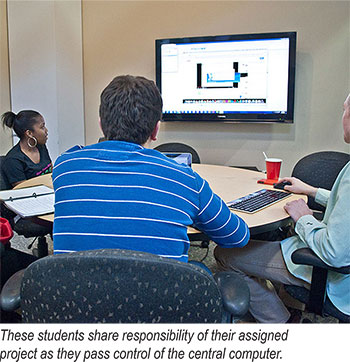
Mikogo is software that allows students to pass control of a central computer and screen back and forth to each other much like MediaScape. It is more complicated to learn to use, but also has additional features, such as the ability to record sessions for later playback. (It is also far less expensive than MediaScape.) Since students are actually connecting to a Mikogo server off campus, it is even possible to include students at other locations (on campus or anywhere in the country) in a Mikogo session.
ENO INTERACTIVE WHITEBOARD
Students will check out a special laptop and stylus pen from the Information Commons desk, and plug the laptop into a projector attached to the ENO board. They can add notes to the images by writing on the board with the stylus. The combination of projected images and notes on the board can be captured and saved to a thumb drive. The board can be also be used to control the laptop for PowerPoint presentations.
Installing this technology now provides an immediate benefit to students, and the experience we gain will enable us to make better decisions when put technology into the new rooms that will be built in the expanded Library and new instructional building.


